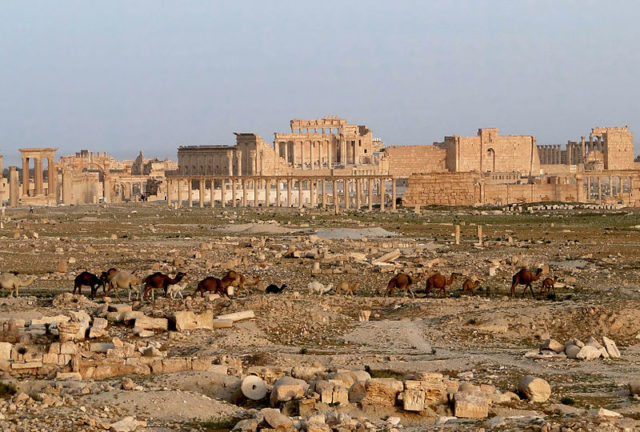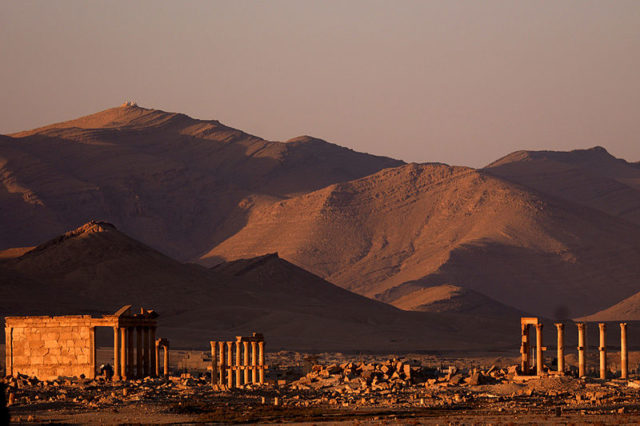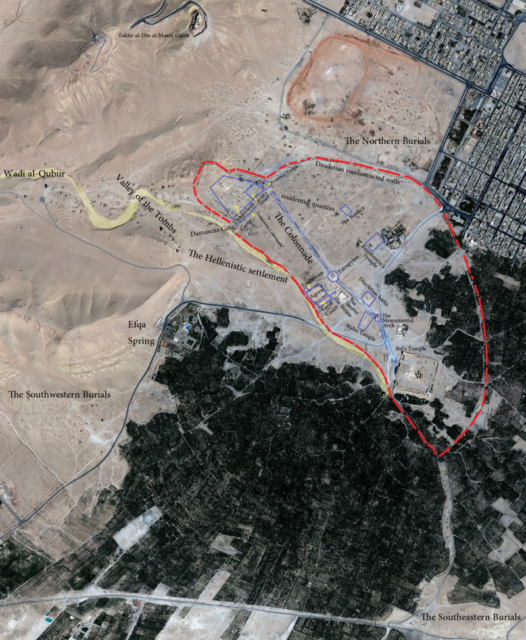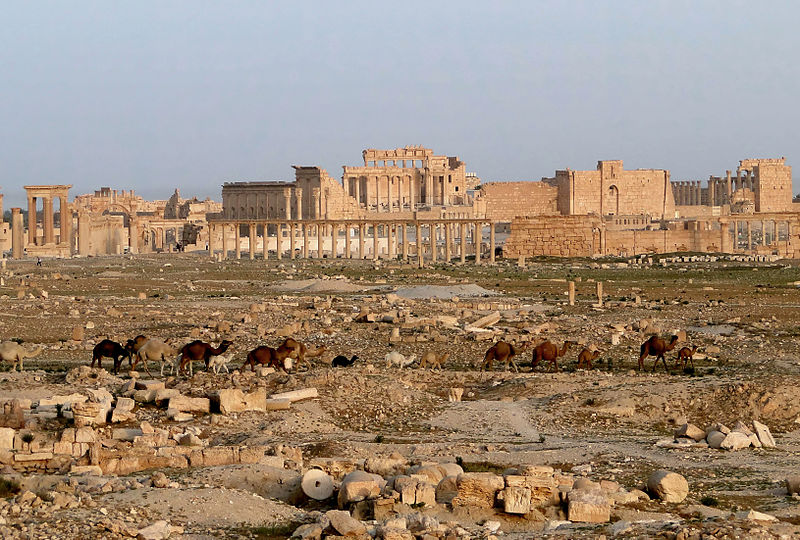Islamic state has committed countless war crimes since its emergence, massacring minorities and anyone who disagrees with their barbaric ideology to even a smallest extent. However recently ISIS added another atrocity into an already long list of horrific actions they orchestrated to shock the world, by attempting to destroy the ancient city of Palmyra.

Archaeologists and cultural experts thought at the time that ISIS could cause the irreversible damage to the historic site, seeing the history of Islamic State in the past. However recently experts rejoiced after hearing the promising news from the UN cultural agency that the damage to the ancient city is far less than it was expected. The Agency added that despite being under the control of the most barbaric regime, the city of Palmyra has resiliently retained most of its beauty and authenticity.
Islamic State held the Palmyra and the region around it for over a year after taking control of the area in May last year. Islamic State reportedly sold some of the relics generating cash for their operations, while at the same time it deemed the structure as the remains of a pagan society and vowed to raze the giant structures to the ground. However Syrian Army instructed by Bashar Al Assad and supported by Russian Air Power, recaptured the region defeating IS fighters. UNESCO quickly moved and sent some of its best experts to analyse the damage caused by the Islamic State and fighting that occurred in the surrounding areas. United Nations provided all the adequate security to the archaeologists who went to the Palmyra city site as well as the museum containing a large number of relics.

Islamic State did not anticipate the defeat at the hands of Syrian Army in the Palmyra city region; hence they destroyed the relics slowly as they got around it.
When UNESCO experts arrived at the site, they observed a minute silence paying respect to the victims of IS’s brutality, some of whom were murdered in cold blood at the Roman Amphitheatre, used by IS fighters for public executions.
Some of the most celebrated icons of Palmyra were found by the experts as completely destroyed. One of the most hurtful sights (though there were many) was the destruction of Temple of Baal and Triumphal arch; the arch is what represents the Palmyra city. Elsewhere experts found some of the relics fairly intact including some parts of the Grand Colonnade, and Agora courtyard. A significant number of statues and sarcophagi were either defaced or smashed to smithereens. Some of the sites of the ancient city could only be observed from the distance due to the demining process still in progress in the region.

The aim of the UNESCO’s experts was to provide a preliminary analysis of the ancient city to be presented in front of World Heritage Committee in Turkey in July this year. UNESCO is then planning to send another larger team to inspect the site in greater details to provide the complete picture of what remains of Palmyra.
